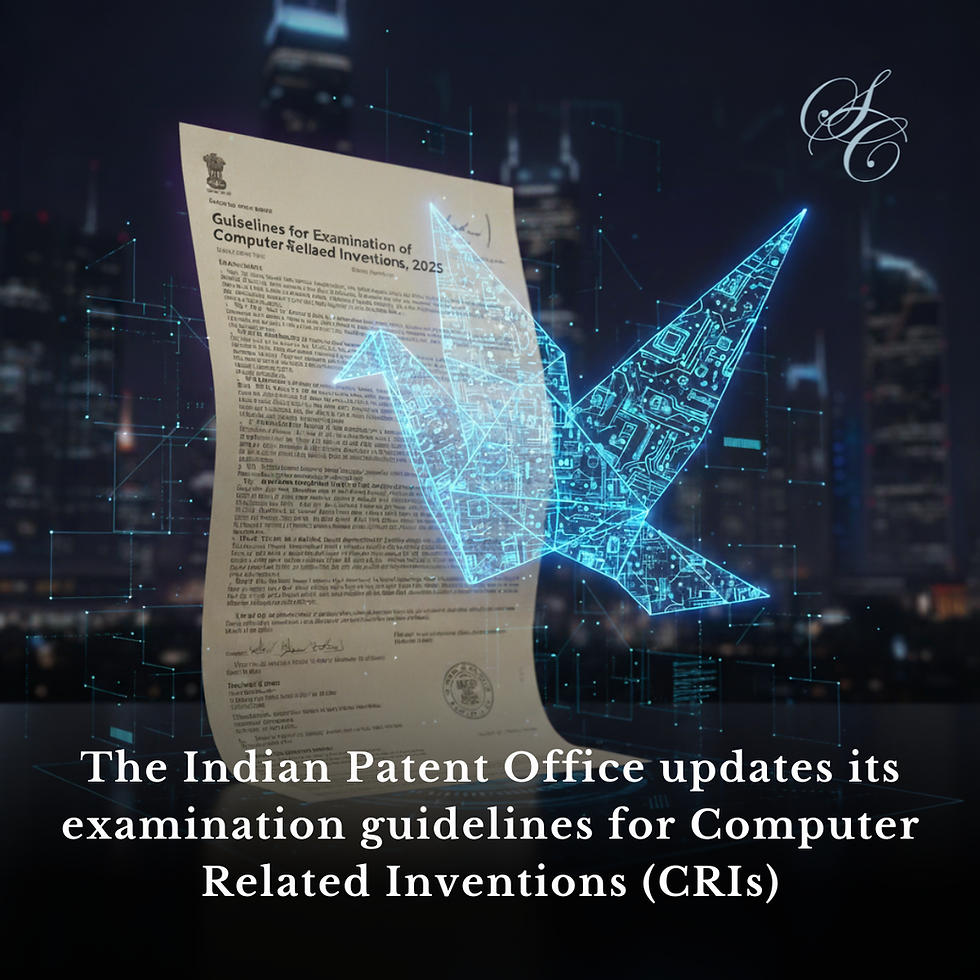Registrability of letter marks in India
- Sarwajeet Singh
- Jun 15, 2018
- 2 min read
This post discusses the registrability of letter marks in India, and provides helpful tips to overcome common objections against their registration.
Single letter marks, in India, are generally considered devoid of distinctive character for goods because of the tendency in trade to use letters as references. For instances, care should be taken to avoid filing applications to register single letter marks that are customary in trade, such as the letter “M” for clothing. If, upon examination, a single letter mark is found to be descriptive, customary in the trade and/or devoid of any distinctive character in respect of the goods or services concerned, registration would be refused unless there is evidence of acquired distinctiveness.
Where combinations of letters are concerned, they are also generally not considered inherently distinctive unless it can be shown that owing to extensive use of such marks, they have acquired distinctiveness. It may, however, be difficult to establish acquired distinctiveness if the mark, by itself, is incapable of being associated with a single source despite extensive use. For instance, the letters such as “ABC” for guide books or directories, or “XL” would be unregistrable.
Additionally, there is also an element of pronounceability of letter marks. A mark comprising of letters that is capable of being pronounced, such as ‘OX’ will enhance the chances of registrability because the mark may be construed as a short word mark.
The following suggestions might be helpful in choosing letter marks for use in India. Firstly, the more random and atypical the letters, the more likely it is that the mark will have the necessary distinctive character. Secondly, the well-known practices of trade must be considered. The more a letter mark resembles signs commonly used in the relevant trade, the less likely it is to be distinctive. Thirdly, where two/three letters form a non-descriptive pronounceable word, it may be acceptable, unless they are objected on the grounds of being identical/similar to any prior mark, or have identical/similar goods as any other prior mark. Lastly, the chances of overcoming objections of lack of inherent distinctiveness will rise if the applicant files for a design mark or at least stylizes the letters in the mark.
In India, in general, distinctiveness of letter marks lies at the lower end of the strength continuum. Therefore, at the first step, sound establishment of distinctiveness of the mark – inherent or acquired, must be ascertained to get a go ahead from the Indian Trademark Registry.




Comments